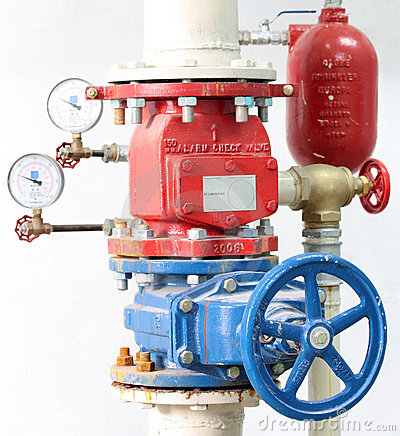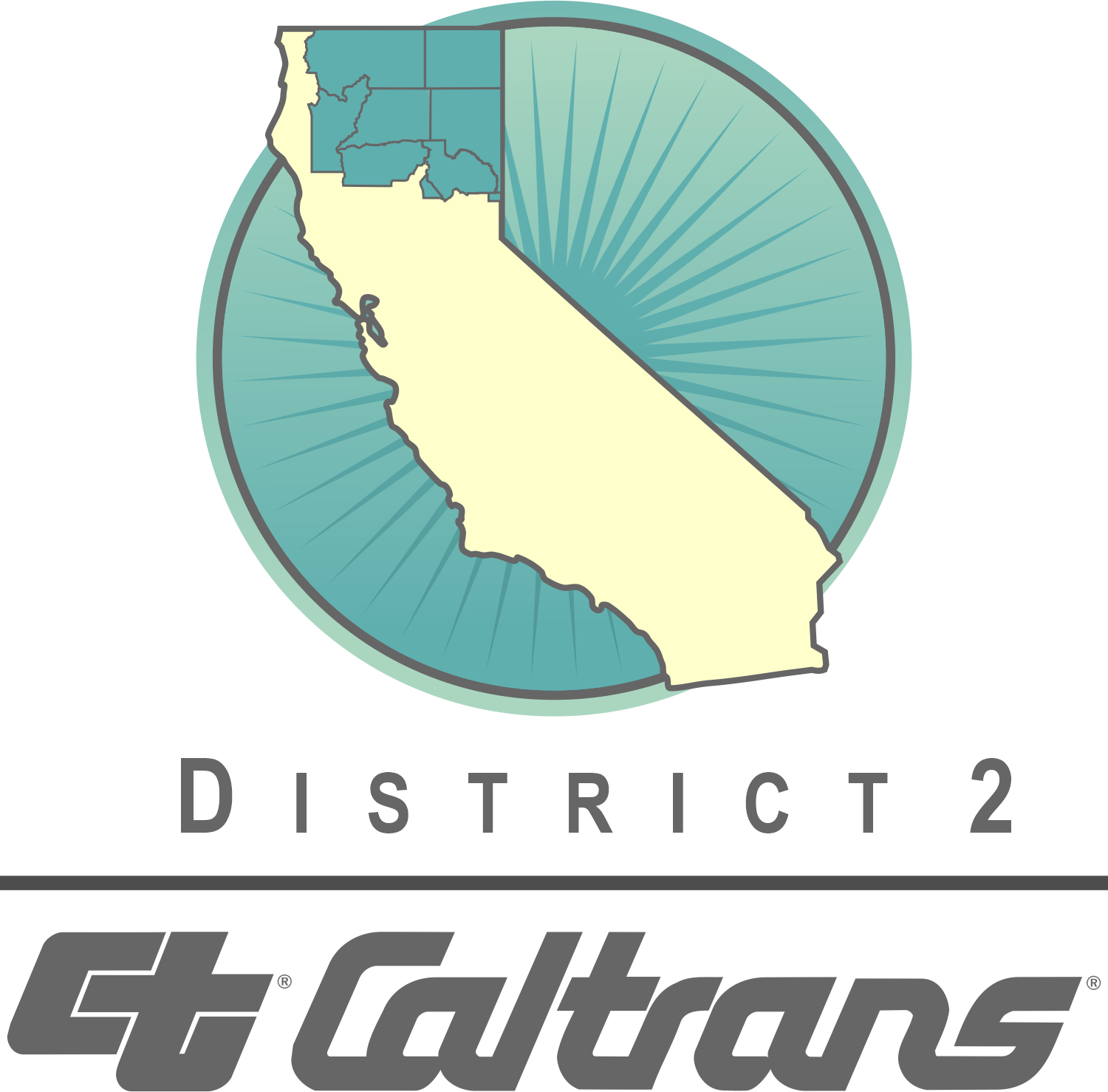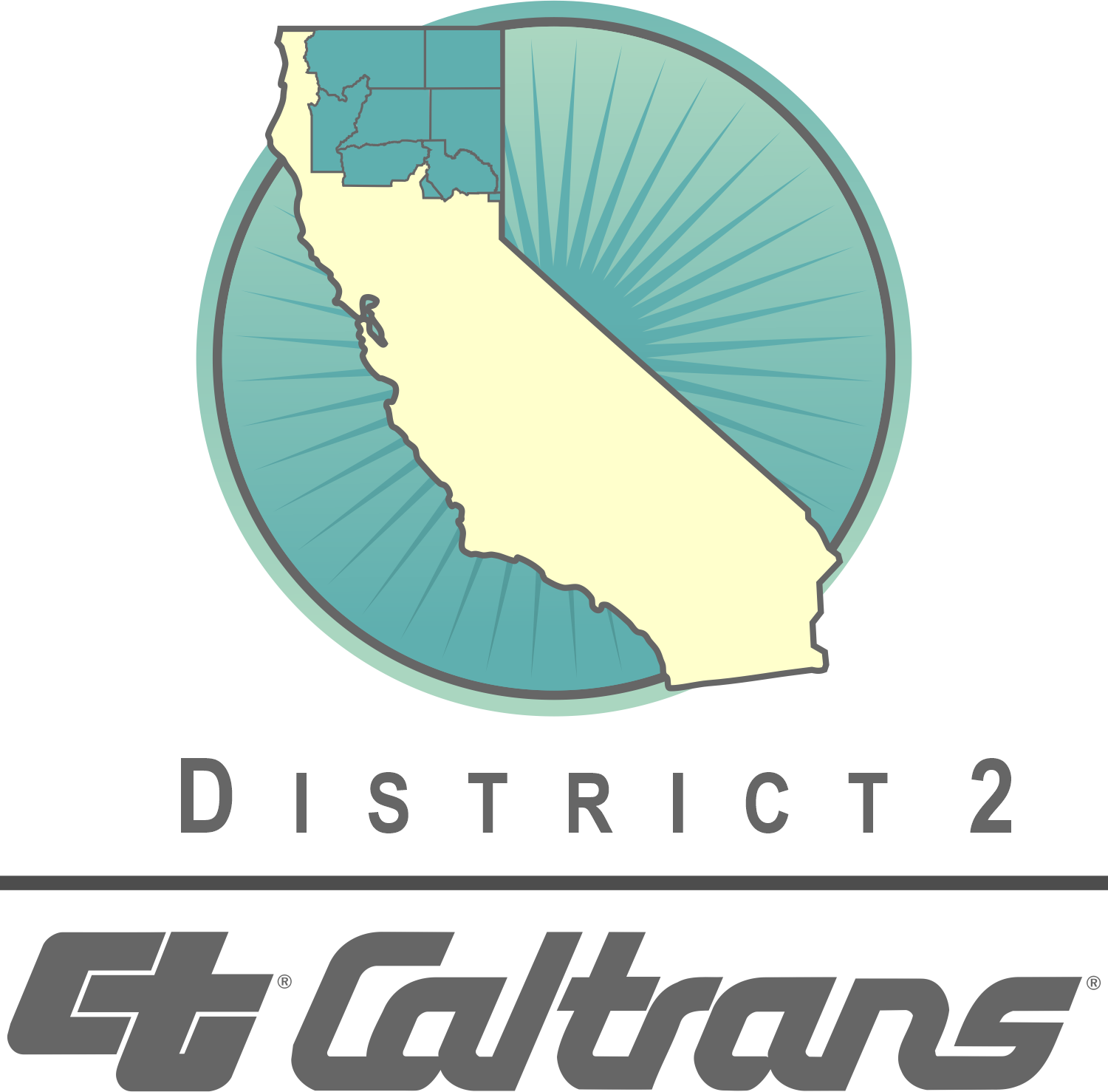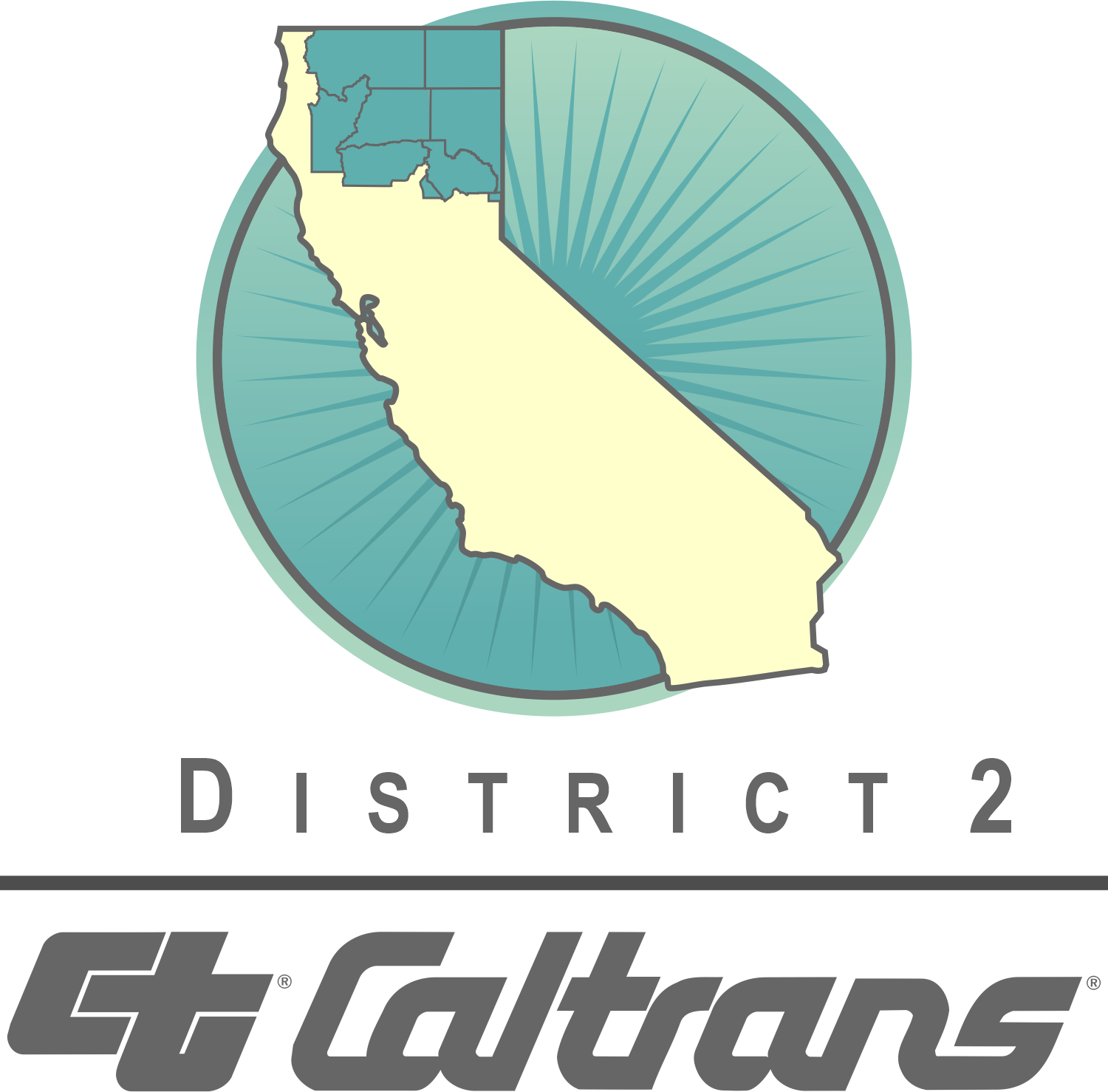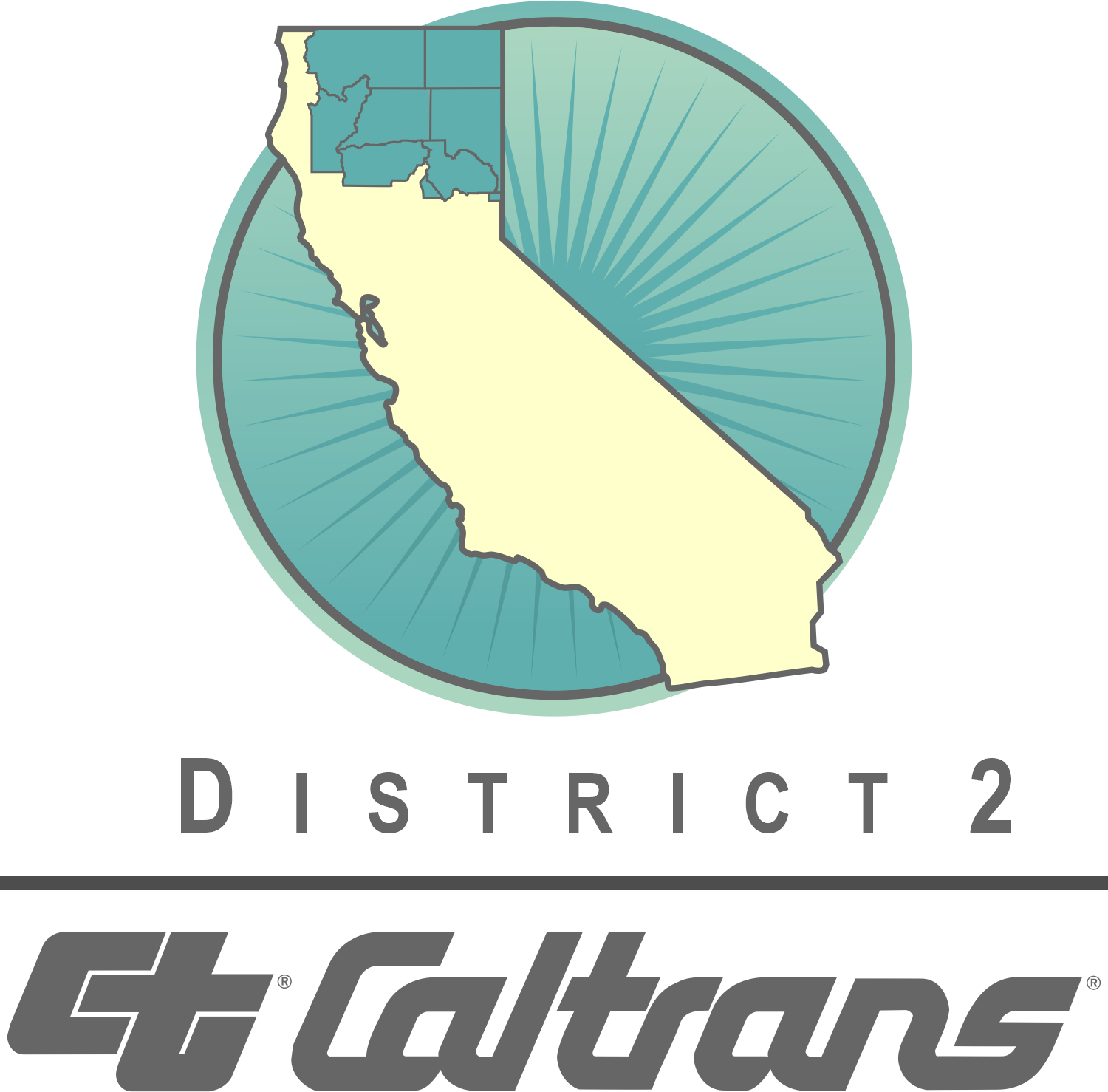Title Page
-
Document No.
-
Audit Title
-
Client / Site
-
Conducted on
-
Prepared by
-
Location
-
Personnel
General Inspection Information
-
Inspection Address:
-
Date of Inspection:
-
Date Inspection Completed:
-
Inspection Completed by:
-
Inspector Signature:
Central Supervision
-
Central Supervision Panel?
-
Type of Panel:
-
Central Monitoring Company?
-
Central Monitoring Company:
-
Phone Number:
-
Account and Password:
-
Fire alarm test in conjunction with this inspection?
-
Did it pass/fail?
Device Information
Fire Department Connections
-
Fire Department Connection:
-
Quantity of Fire Deparment Connections:
-
Size of Fire Department Connection:
-
FD caps present?
-
Number and Type of Caps to be Ordered:
Incoming Water, Fire Pumps, and Backflow Preventers
-
Size of incoming water:
-
Is the incoming water room / sprinkler room adequately heated
-
Is there more than one sprinkler valve room?
-
How many sprinkler valve rooms are there?
-
Are all the sprinkler valve rooms adequately heated?
-
Is there a fire pump?
-
What is the make and model of the fire pump?
-
Jockey pump cut in pressure?
-
Jockey pump cut out pressure?
Backflow Prevention Device(s)
-
What is the Make and Model of backflow preventer on the fire sprinkler system?
-
What is the size?
-
Who last tested the backflow preventer?
-
When was it last tested?
-
Did the device pass the last test?
-
Are the valves left in proper working condition at the end of the inspection?
-
Explanation:
-
PIcture of Issue:
-
Is there more than one backflow preventer on the sprinkler system?
-
Types of backflow prevention devices:
Backflow Prevention Device
-
What is the type of the backflow preventor?
-
What is the size of the device?
-
What is the model of the device?
-
Who last tested the device?
-
When was the device last tested?
-
Did the device pass the last test?
-
Are the valves left in proper working position at the end of inspection?
-
Explanation:
-
PIcture of Issue:
Sprinkler Systems
-
Is there a Standpipe system ?
-
What is the size?
-
What is the approx. height?
-
What is the pressure at the top (psi)?
-
Is there a Wet System Alarm valve?
-
Who is the manufacturer?
-
What is the Model?
-
What is the size?
-
Is there a flow switch?
-
Who is the manufacturer of the flow switch?
-
What is the model of the flow switch?
-
Is there an Excess Pressure Pump?
-
Manual or Auto?
-
What is the cut in pressure (psi)?
-
What is the cut out pressure (psi)?
-
Is there a Dry System?
-
Who is the manufacturer?
-
What is the size?
-
What is the model?
-
Is there more than one Dry Pipe system?
-
Is there a Glycol System?
-
What is the size of the system?
-
How many heads are on the system?
-
What is the type and rating of the sprinkler heads?
-
Who is the manufacturer of the sprinkler heads?
-
What is the temperature of the glycol tested for?
-
Was the glycol tested during the inspection?
-
Is there a Pre-Action system?
-
Where is the system located?
-
Who is the manufacturer of the pre-action system?
-
What is the size of the pre-action system?
Supervisory Devices
-
Total Number of Flow Switches:
-
Total Number of Pressure Switches:
-
Total Number of Tamper Switches:
-
Water Motor Gong
-
Did the Water Motor Gong Function properly?
Reserve Sprinkler Heads
-
Reserve Head Box?
-
Head Wrench Present
-
What type of head wrench(es) should be ordered?
-
Are there sufficient number of spare sprinkler heads for each type req'd on site?
-
What type of sprinkler heads are present?
-
Picture of Reserve Heads
-
What type and amount of sprinkler heads should be ordered?
-
Picture of Types of Heads Req'd:
Water Pressure - Static and Residual
-
From NFPA 13: The proper method of conducting this test is to use two hydrants in the vicinity of the property. The static pressure should be measured on the hydrant in front of or nearest to the property and the water allowed to flow from the hydrant next nearest the property, preferably the one farthest from the source of supply if the main is fed only one way. The residual pressure will be that indicated at the hydrant where water is not flowing.
EX Take a fire hydrant and take the static pressure, say 80 psig. Open an adjacent hydrant. Take the static pressure again at the 1st hydrant. Say it now reads 50 psi. That is your residual pressure. -
Static Water Pressure (psi):
-
Residual Water Pressure (PSI) Measured:
-
Residual Water Pressure (PSI):
Fire Alarm Inspection Record
-
Date of Inspection:
-
Address of Inspection:
-
TS - Tamper Switch FS - Flow Switch APS - Alarm Pressure Switch PS - Pressure Switch Micro - Micro Switch GV - Gate Valve BF - Butterfly Valve WG - Water Motor Gong
-
Location
-
System / Zone:
-
Device:
- Tamper Switch
- Flow Switch
- Alarm Pressure Switch
- Pressure Switch
- Micro Switch
- Gate Valve
- Butterfly Valve
- Water Motor Gong
-
Functions:
-
Remarks
-
Functions:
-
Time (sec):
-
Remarks:
-
-
Remarks:
-
-
Cut Out Pressure:
-
Cut In Pressure:
-
Low Air Alarm
-
Remarks:
-
Functions:Rem
-
Remarks:
-
Functions:
-
Remarks:
-
Functions:
-
Remarks:
-
Functions:
-
Remarks:
Deficiency Report
-
Item:
-
Description:
-
Add media
-
Comments / Material Req'd:
